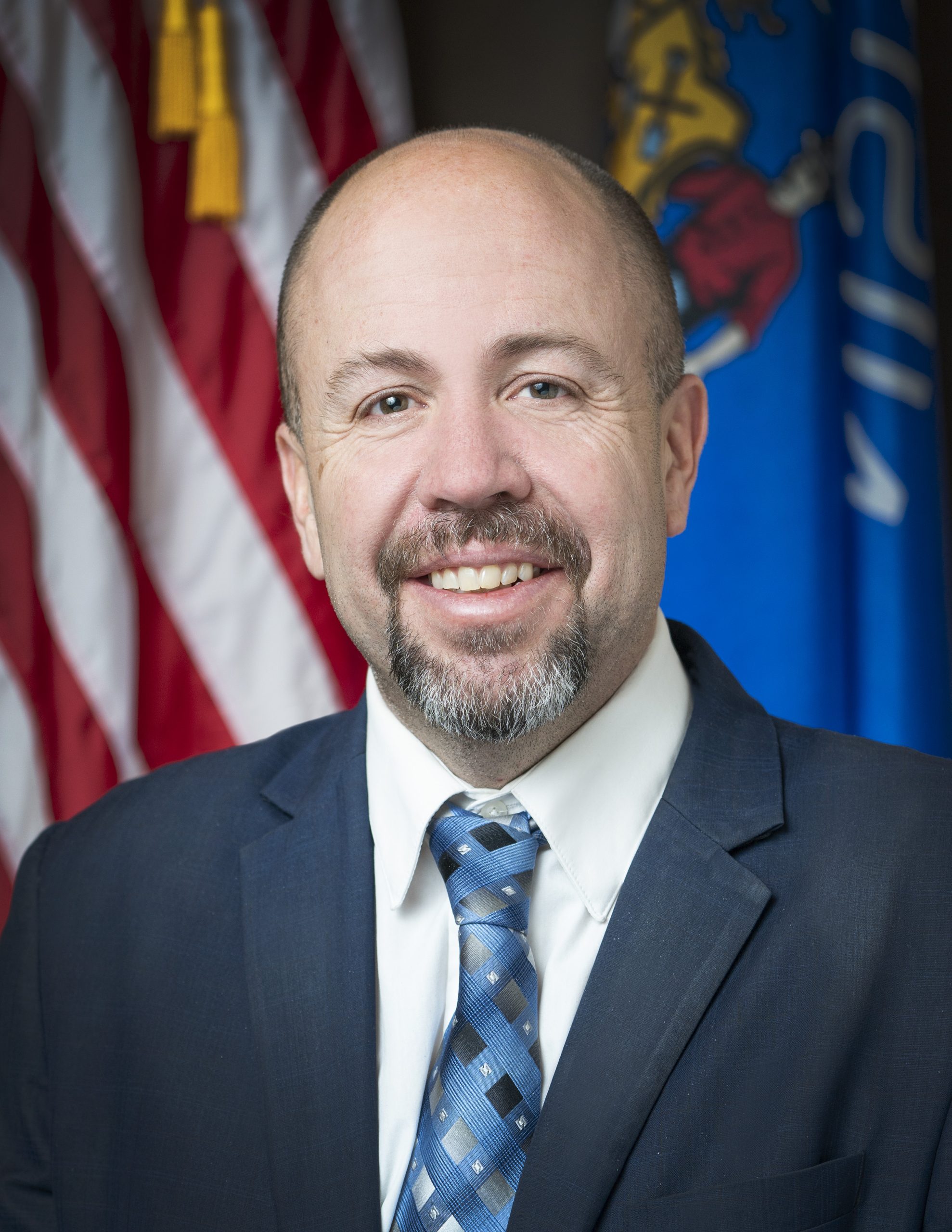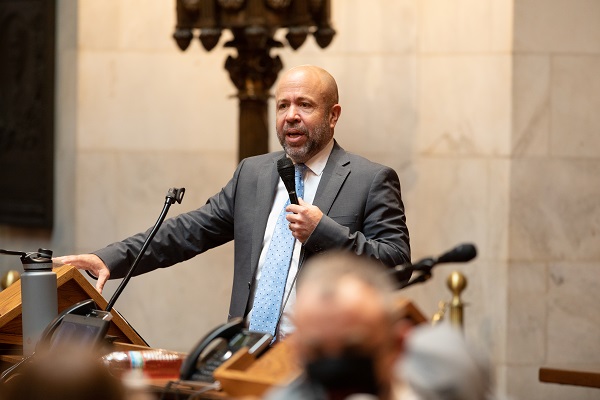
As the American labor shortage persists, states need to get creative if they hope to fill their open positions. While many have opted to invest in retraining programs, enhance employee benefits, or raise the minimum wage, Wisconsin Republicans have taken an entirely different approach. We are pursuing an agenda that encourages the construction, restoration, and renovation of affordable housing units for job seekers and their families. If successful, this model could serve as a roadmap for other states and the nation as a whole.
Understanding the Worker Shortage:
What most people get wrong about the worker shortage is the exit population. The vast majority of people who left the workforce during the pandemic were above the age of 55 and retired early. By retiring, they have signaled they are not actively seeking employment anymore and are unlikely to return to full-time employment in the future. Thus, states focusing on enticing these individuals back into the workforce are likely to be unsuccessful because the workforce, as a whole, has shrunk indefinitely with no foreseeable expansion for years to come.
We are pursuing an agenda that encourages the construction, restoration, and renovation of affordable housing units for job seekers and their families.
States need to adapt to this new reality. While they should still encourage people on the sidelines to rejoin the labor pool – and I have voted for legislation that does that here in Wisconsin – states also need to refocus their efforts on competing with one another for the workers that remain. America is now a beauty contest, and the states need to do everything they can to be seen as an attractive destination for job seekers.
The key to success for states lies in a strong infrastructure. Unlike the major population shifts of the past, new retirees are expected to live in their homes for decades to come. This creates a housing shortage for new arrivals seeking open positions. An affordable workforce housing agenda ensures the resources are there to support these individuals, creating a win-win for both states and job seekers alike.
Wisconsin in Focus:
Wisconsin has been battling a workforce housing shortage for years. According to a 2019 report titled Falling Behind: Addressing Wisconsin’s Workforce Housing Shortage, since 2012, the state has created 75% fewer lots and 55% fewer new homes than pre-recession averages. This scarcity has been further compounded by a series of other factors: the National Association of Home Builders estimates that excessive and outdated regulations add an average of $93,870 to the final price of a home – or one-fifth its entire value – and rents and construction costs are rising faster than incomes.
These trends have left the Badger State facing some stark realities. The median age for first-time home buyers in Wisconsin has risen to 33. The state is also running a migration deficit with individuals aged 20-24 and has a lower homeownership rate for households ages 25-34 and 35-44 than all neighboring states except Illinois. Plain and simple: the state needs to do more if it is to be seen as an attractive destination for job seekers going forward.
America is now a beauty contest, and the states need to do everything they can to be seen as an attractive destination for job seekers.
Republicans recognize the danger Wisconsin is in and have moved to make it more competitive. We recently introduced a number of proposals to create safer, more affordable housing options throughout the state. Many of the bills take innovative approaches to traditional conservative policies – reworking many of these proven ideas to set the state up for success in the future.
One such example is the coupling of tax credits to incentivize developers to build certain housing models. Back in 2018, Wisconsin created a low-income housing tax credit for the construction of units at 60% the area-median income (AMI) and below. This was a huge success. This session we replicated that with a middle-income housing tax credit to target the next income segment up, or those earning between 60-100% AMI. This group has historically been referred to as the “missing middle” because its trademark style – multi-unit buildings located in spacious neighborhoods between the crowded high-rises of downtown and the dispersed single-family homes of suburbia – largely fell out of favor after World War II but has recently seen renewed interest. This style is efficient, effective, and perfect for states like Wisconsin currently experiencing a housing crunch.
Other major initiatives include the creation of a “shovel ready” site permit and a rehabilitation loan program. The site permit identifies locations as having the necessary paperwork filed to streamline the approval process. This move is anticipated to save months of construction time and thousands of dollars by avoiding cumbersome red tape. The rehabilitation loan program would help families update hazardous properties and make them livable again. This is great for older neighborhoods in the Rust Belt that need updating and have expensive repairs.

Conclusion:
While these ideas are still working their way through the state Senate, their potential makes them a model for other states. Wisconsin is not only a more attractive destination for job seekers because of these reforms, but they will also provide the necessary infrastructure to support workers as well. As a result, the Badger State is now poised to be more competitive nationally and attract out-of-state workers to fill its labor shortage. Other states may want to follow suit.
Jim Steineke is the Majority Leader of the Wisconsin State Assembly.




